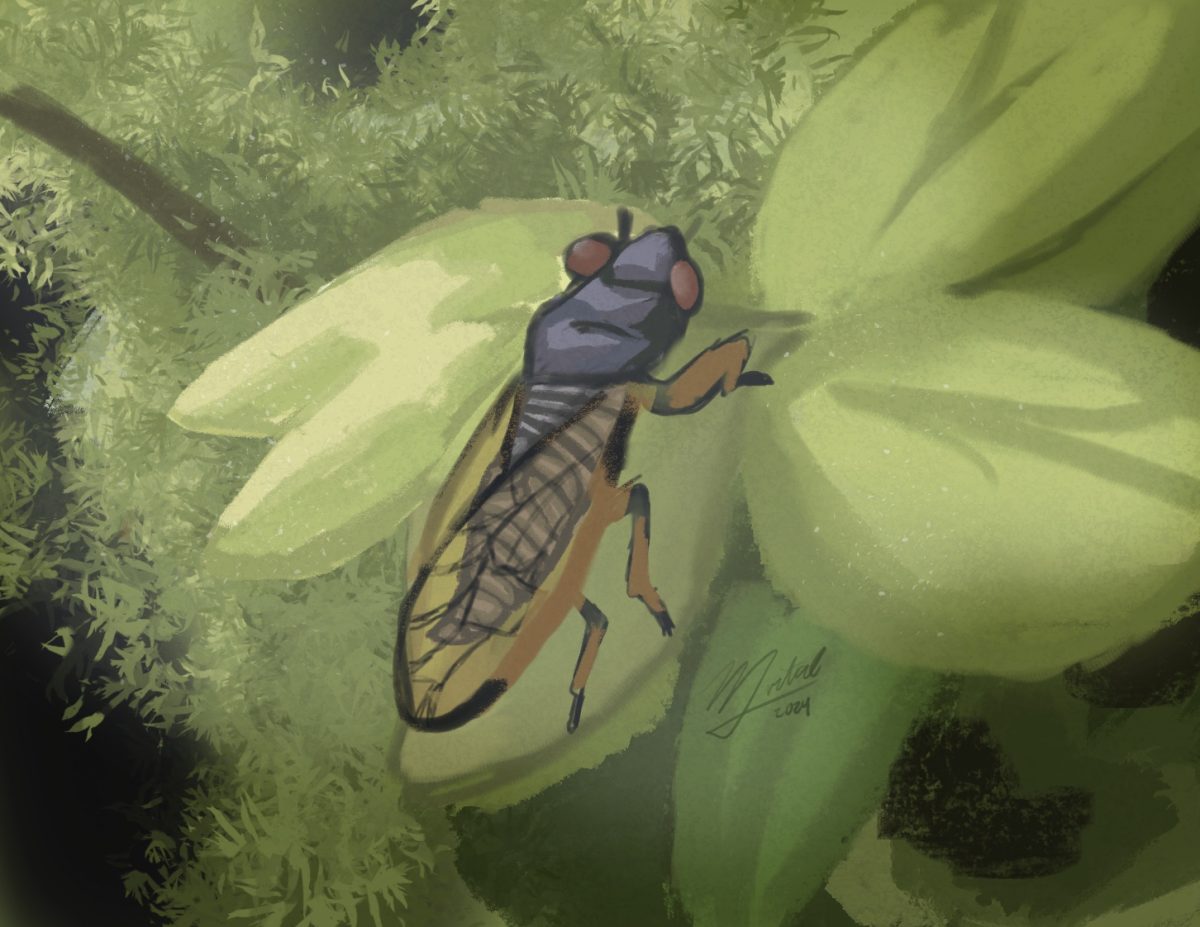As of July 2023, a new way to keep noisy neighbors quiet is being developed.
At the University of Bristol, Professor Marc Holderoid is leading the way in researching how a moth’s wings absorb sound – and how the same concept can be applied to creating soundproof wallpaper.
According to Professor Holderoid in DJ Mag’s article, “A Sound-Absorbing Wallpaper Inspired by a Moth’s Wings is Coming,” the wallpaper is based on the wings of moths.
Moth wings are covered with varied scales that absorb sound 10 times more quickly than any other sound-absorbing material.
These scales come in multiple shapes and sizes, and each type of scale processes a different frequency of sound. As sound waves come in contact with the moth, these scales absorb them and vibrate at all different types of frequencies, guaranteeing that no sound will be heard.
Furthermore, the wings themselves are an acoustic metamaterial – a material that doesn’t have normally “natural” qualities – meaning the wings as a whole perform even better than the scales.
Assuming researchers at the University of Bristol are ablo to successfully create and launch this new soundproof wallpaper, the impact would have numerous interesting and practical implications for interior peace and quiet.
Maybe students won’t hear teachers in the next classroom yelling at students, and maybe rowdy next-door neighbors won’t be a problem anymore.
Digital arts and Telecast teacher Viggen Rassam ’87 said the technology seems “interesting” and likely “has some broad applications.”
Furthermore, Riordan DJ Club member Vincent Douglas ’25 believes that better soundproofing would be beneficial, saying, “We would not be disturbed by noises outside, and we would not disturb others.”
Douglas notes that soundproofing too effectively at obscuring noise could actually be detrimental, as it may prevent potentially important words or announcements from being heard from even relatively close locations.
However, he is confident that “there are easy ways to circumvent that.” Additionally, this technology can be the key to maintaining a peaceful environment at a cheaper cost.
Currently, most materials needed for the production of soundproof walls are expensive, stuffy, and oversized.
In contrast, the moth-inspired wallpaper would be much lighter and cheaper, which would presumably allow for the technology to become more widespread and easily accessible.
With continued research and development, this sound-absorbing wallpaper – which represents a remarkable leap in acoustics engineering – has the potential to foster peaceful, quiet environments not just in the classroom, but all over the world.







